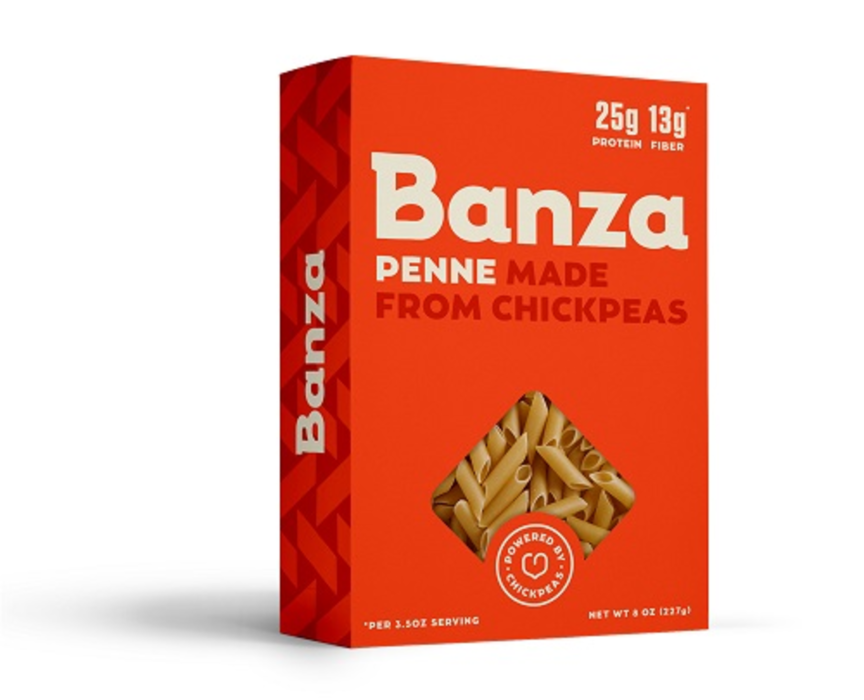The success of the food industry is in large part due to people’s desire to innovate. Whether it is a new recipe, a new delivery system, a new restaurant experience, or a new shopping experience, the food industry is constantly experiencing a wealth of innovative ideas from those inside the bubble.
However, over the past several years, innovations have come from outside of the traditional landscape, from people like Brian Rudolph. Founder of Banza, Rudolph wanted to challenge the traditional food industry by not just telling the consumer to eat healthier but giving them practical options.
A marketing recipe
In 2013, then 23-year old Rudolph and his older brother, Scott, launched Banza, with the primary goal of using more nutritious ingredients for pasta. The flagship product is a pasta made from chickpeas.
The brothers originally sold the product in two local stores. Today, Banza can be found in over 5,000 stores across the country.
And while the expansion should be seen as a success, it also provides its challenges, most notably in the marketing department.
“Our strategic goal was to reach people who were probable Banza customers, but didn’t have brand awareness,” says Mike Tarullo, chief operating officer at Banza. “Traditionally we’ve used demographic targeting to focus on particular behaviors, dietary preferences, demographics, and similar/related brands – both pre-built and custom audiences.”
However, in this expanded arena, Banza would have to devise a strategy to mix the data points, demographics, and “behaviorgraphics,” in order to authentically engage and build a custom audience out of the larger landscape.
A larger table needs more chairs
Banza, with the hopes of launching campaigns on social media, decided the best approach to launching such an effort would be to partner with Affinity Answers, a platform for predictive branding. The predictions are achieved through proprietary mutual affinity algorithms that measure active social engagement data.
“Our primary goals are to drive low CPE’s [cost-per-engagement] with our target market, with a specific focus on high-value engagements like comments and shares,” says Tarullo.
Prior to Affinity Answers, the biggest challenge for Banza in creating such an marketing campaign was the finding tactics that would scale, deliver results at low cost, and help find adjacent audiences.
However, with Affinity Answers’ features and capabilities, Banza, according to Tarullo, was able to create campaigns that achieved these three goals.
“Affinity’s tools are a great leg up on this for a fast-growing company like Banza – the potential audience we could reach is both massive and has a nuanced connection to our brand,” says Tarullo. “It’s like having that slide in your deck that claims there are 25 million people who’ve never heard of you but would buy your product every week, and then you get a channel to actually connect with them.”
And connect Banza did.
Proof is in the pasta
As a result of partnering with Affinity Answers, Banza had a drop of 58% in CPE and 67% in cost-per-share, across multiple campaigns, versus prior best performing other targeting methods.
“This suggested to us that it wasn’t only quantity, but also quality, of audience as there were more benefits realized in higher value metrics,” says Tarullo. “We’re reaching the actual people who want to know about our brand, instead of just guessing based on demographics.”
In addition, the affinity profiles resulted in:
- An average 23% increase in engagements, shares and posts
- A 36% boost in ad recall
- Increased cost-effectiveness: 58% in driving post engagements and 67% in driving shares
The results are proven evidence, Tarullo says, that “it’s better to outsource that discovery to some data-driven experts.”







